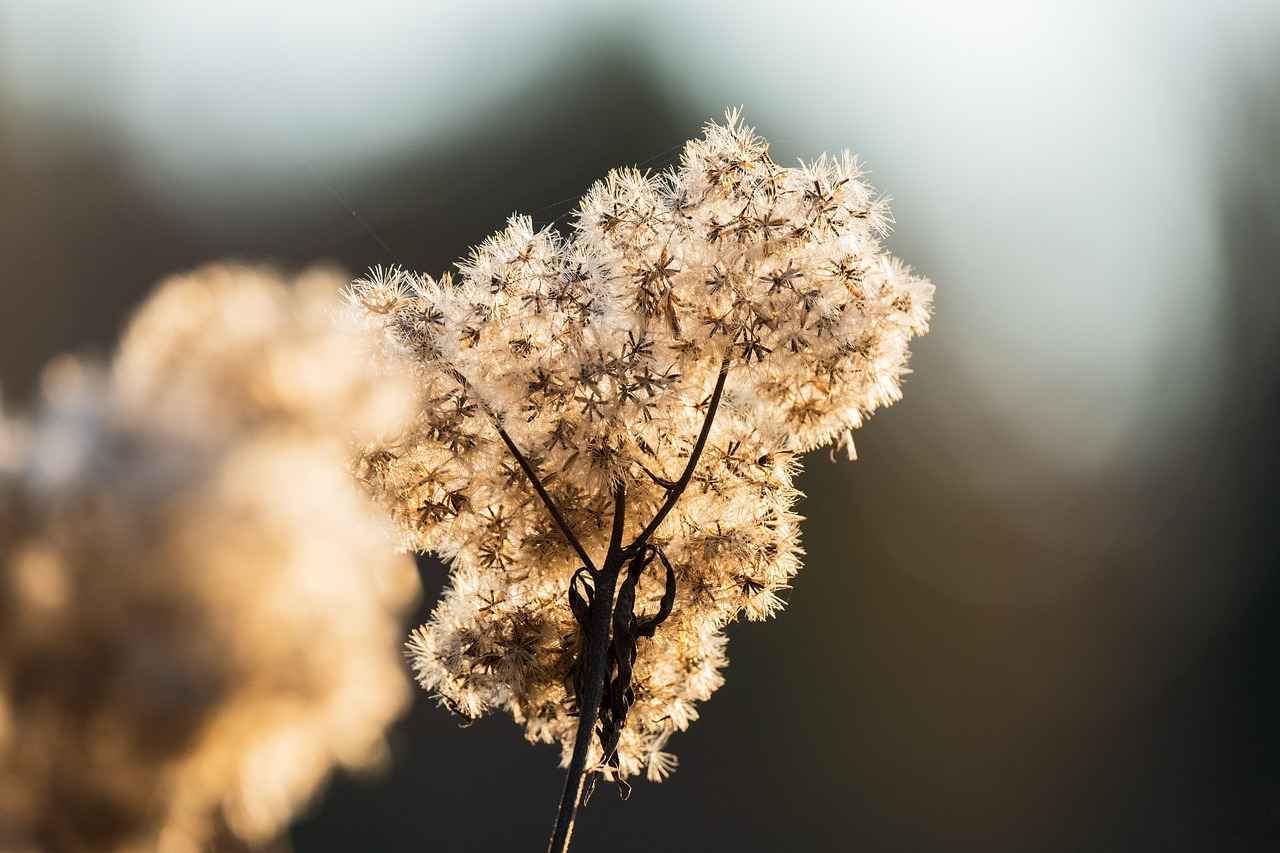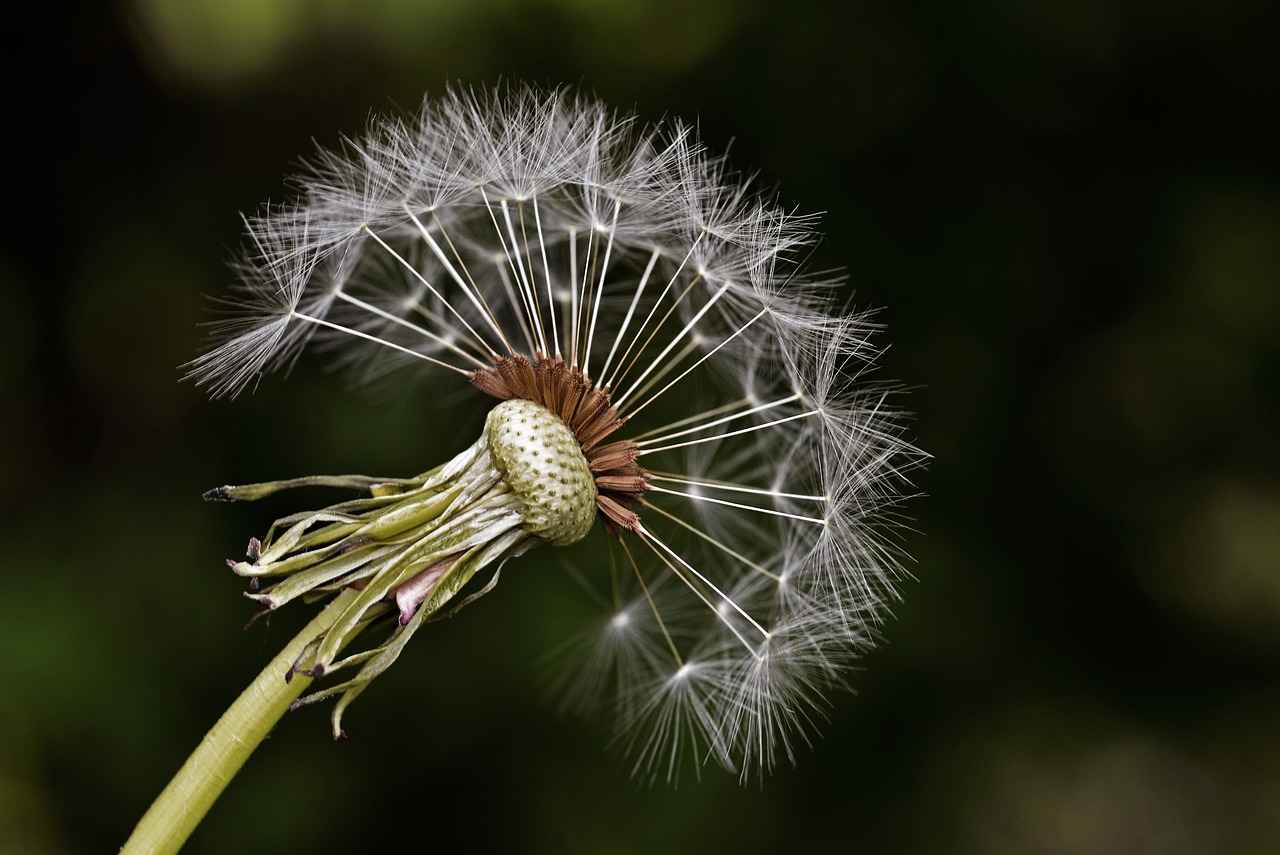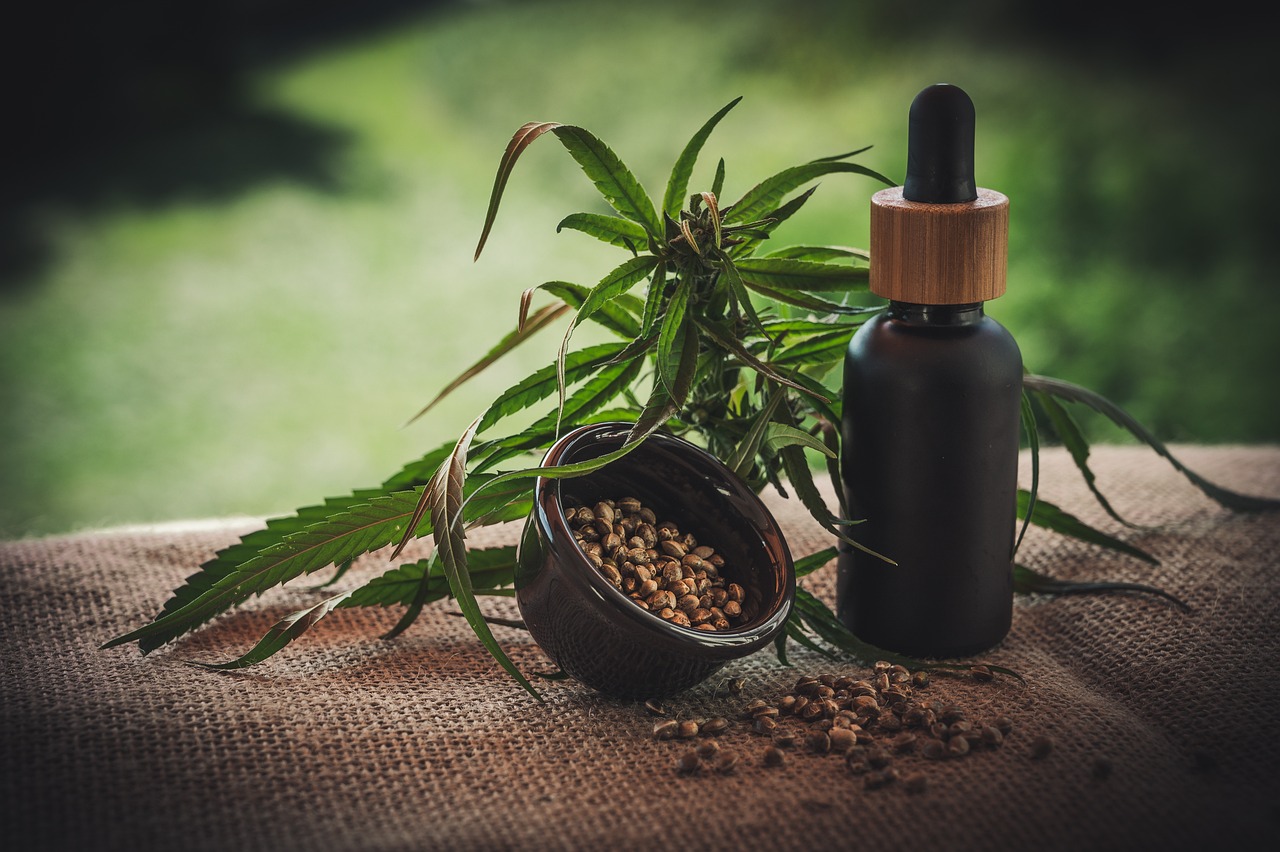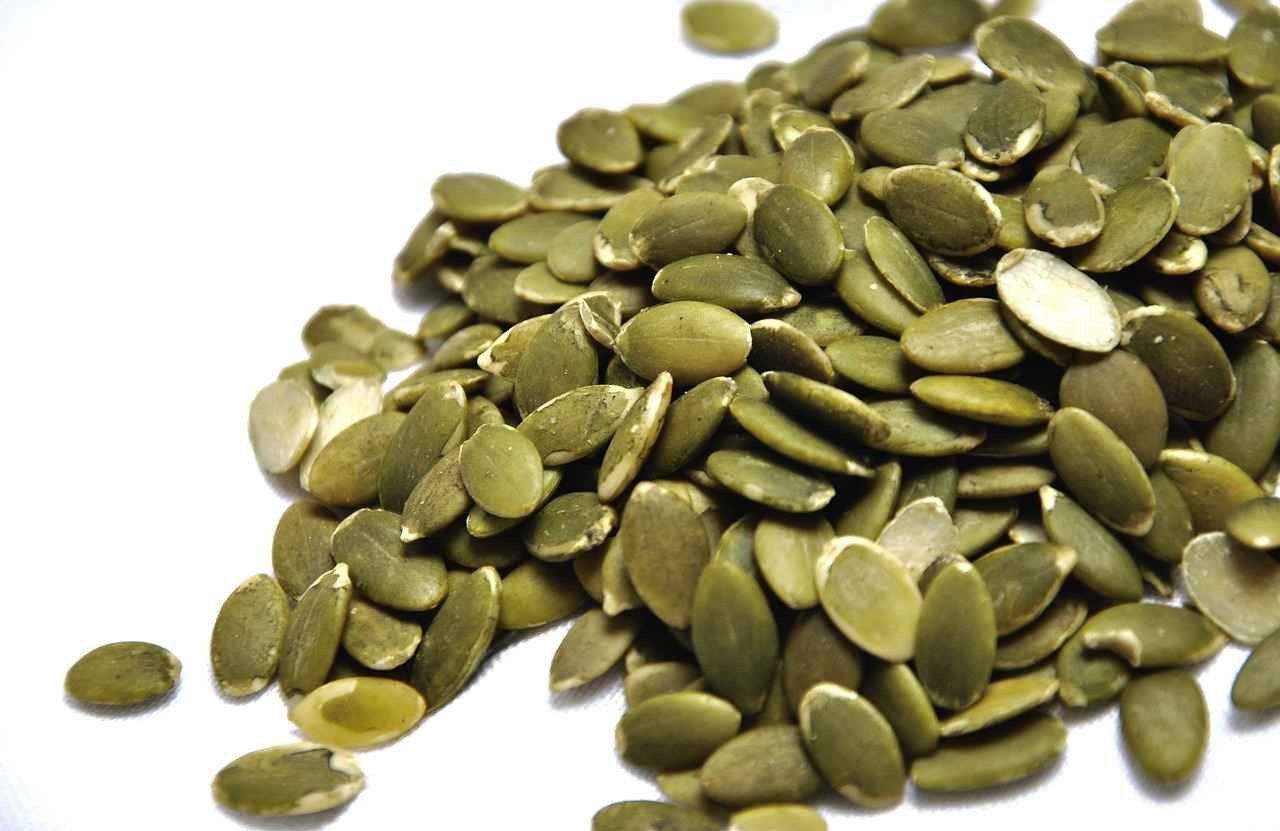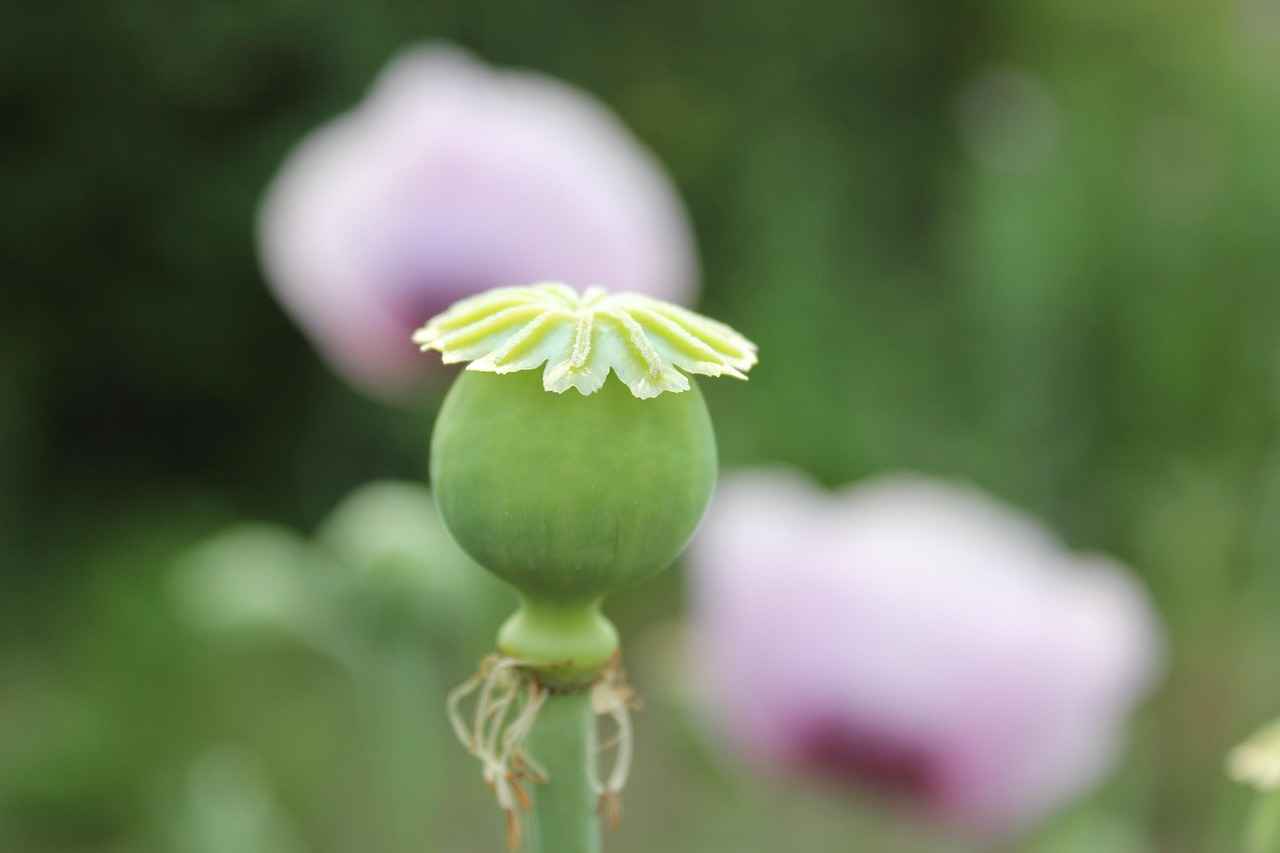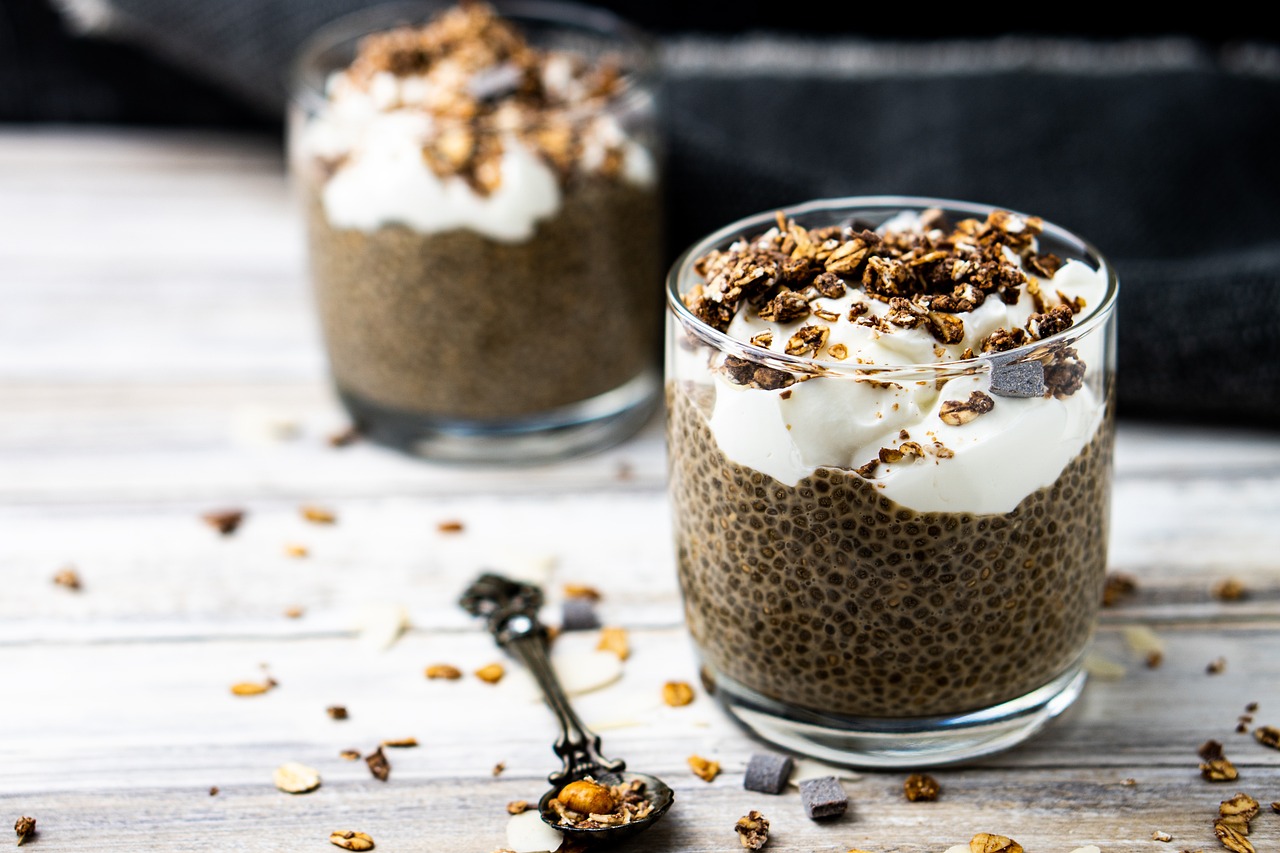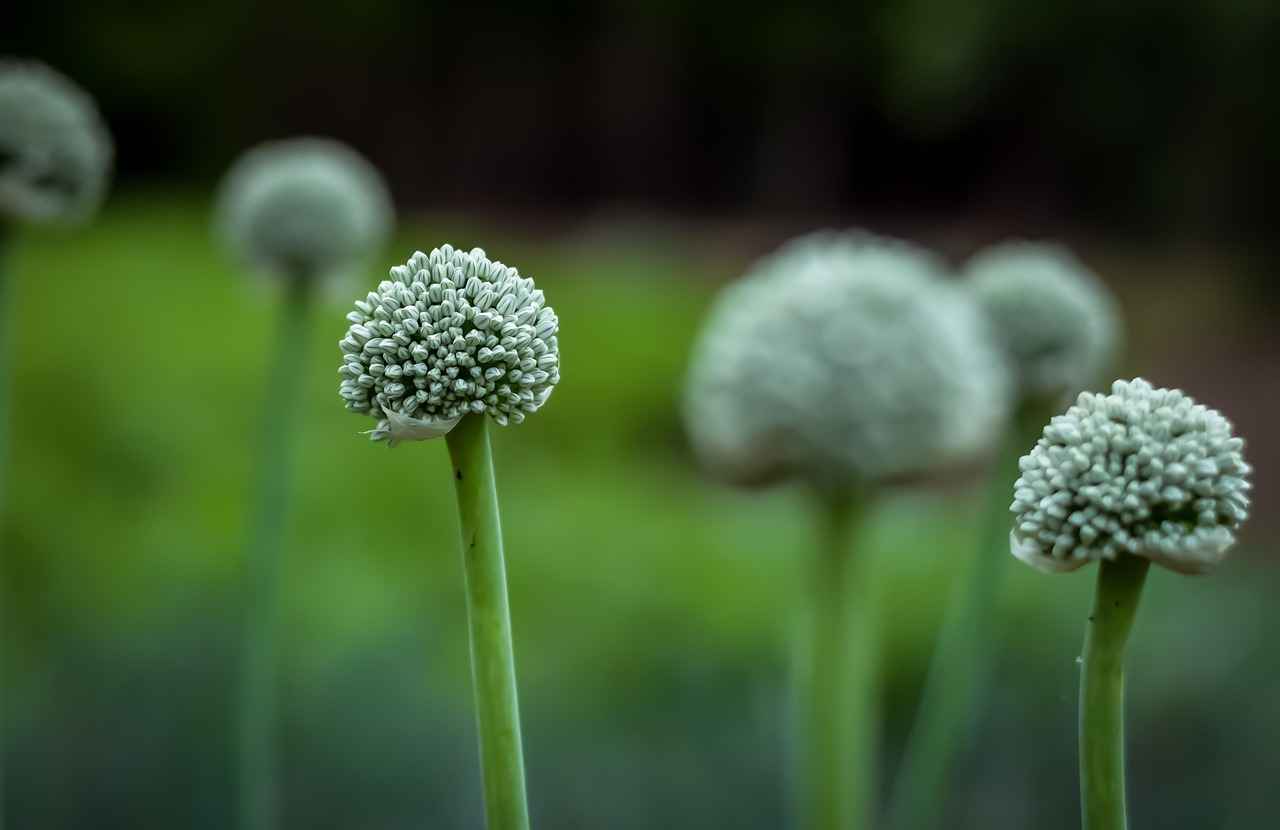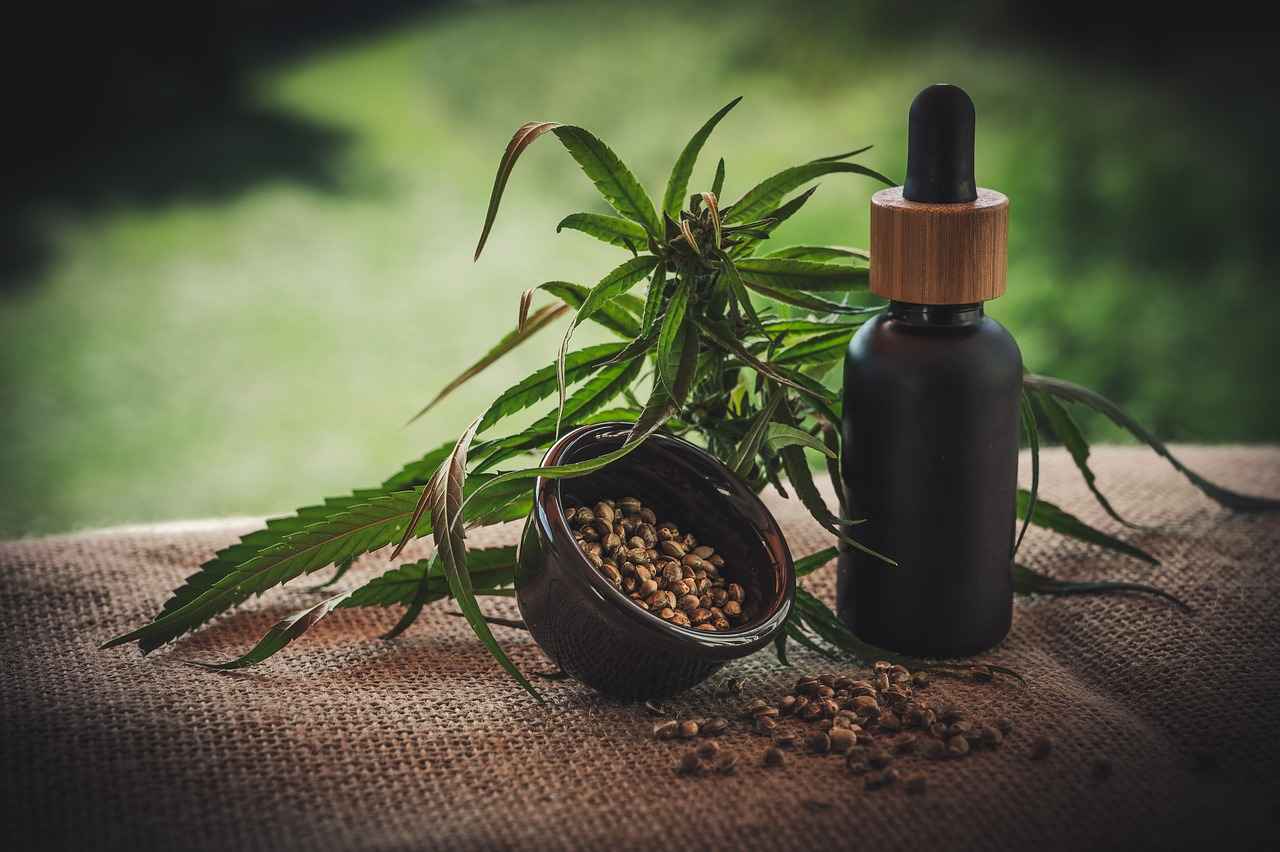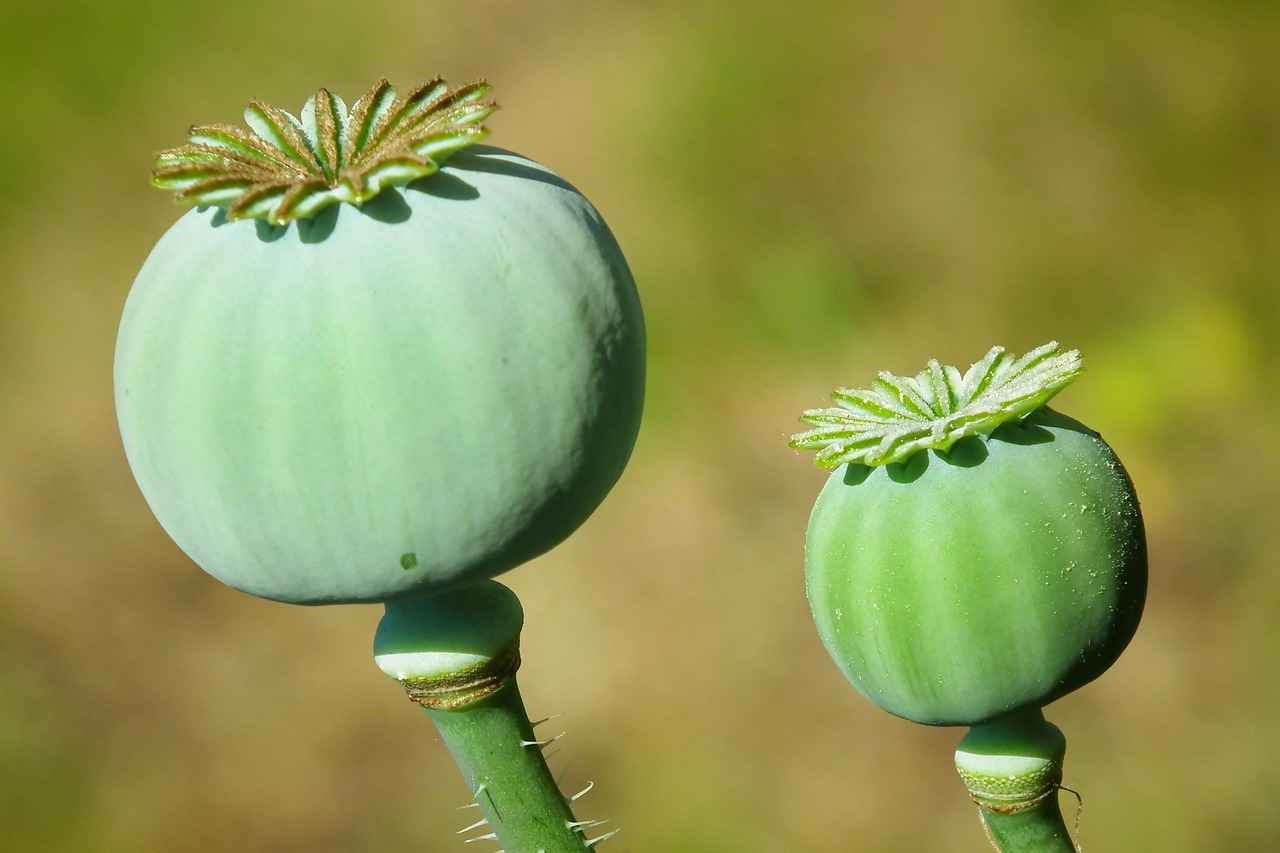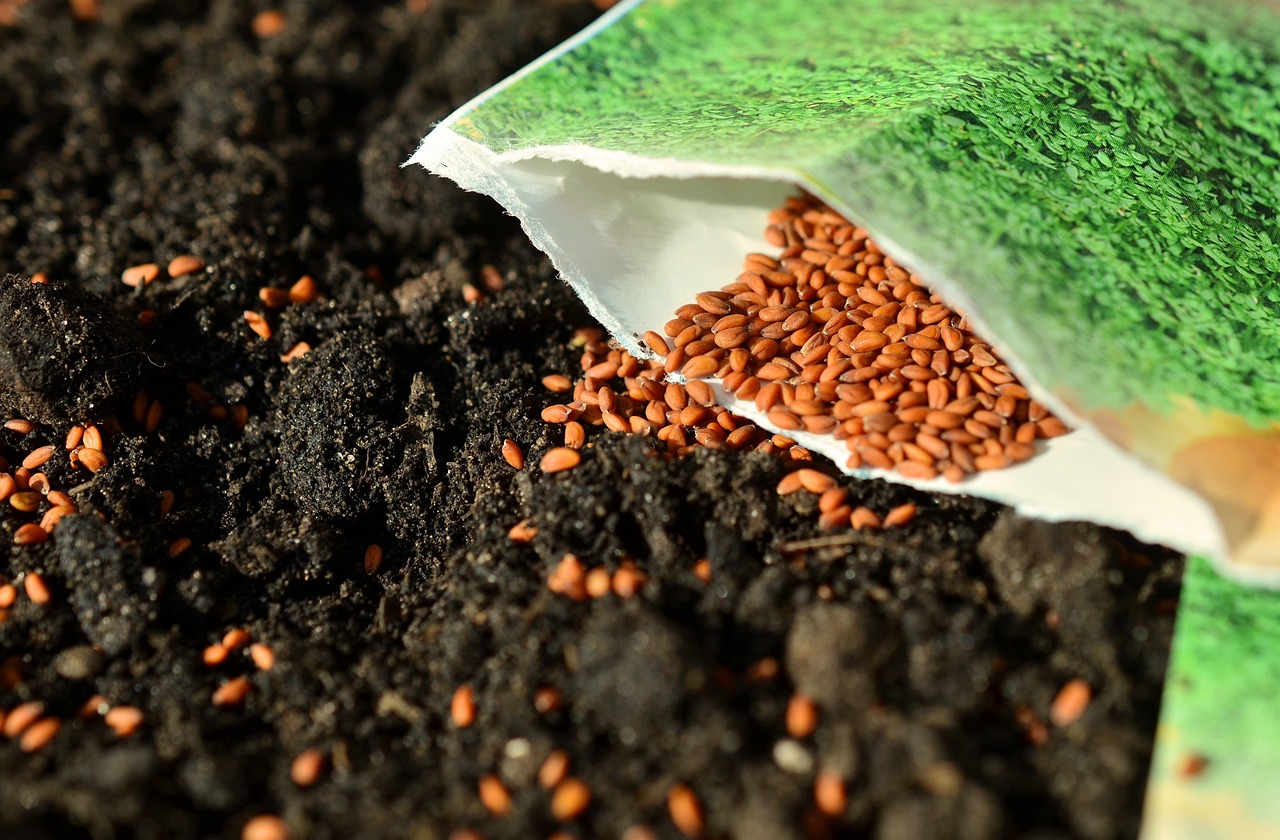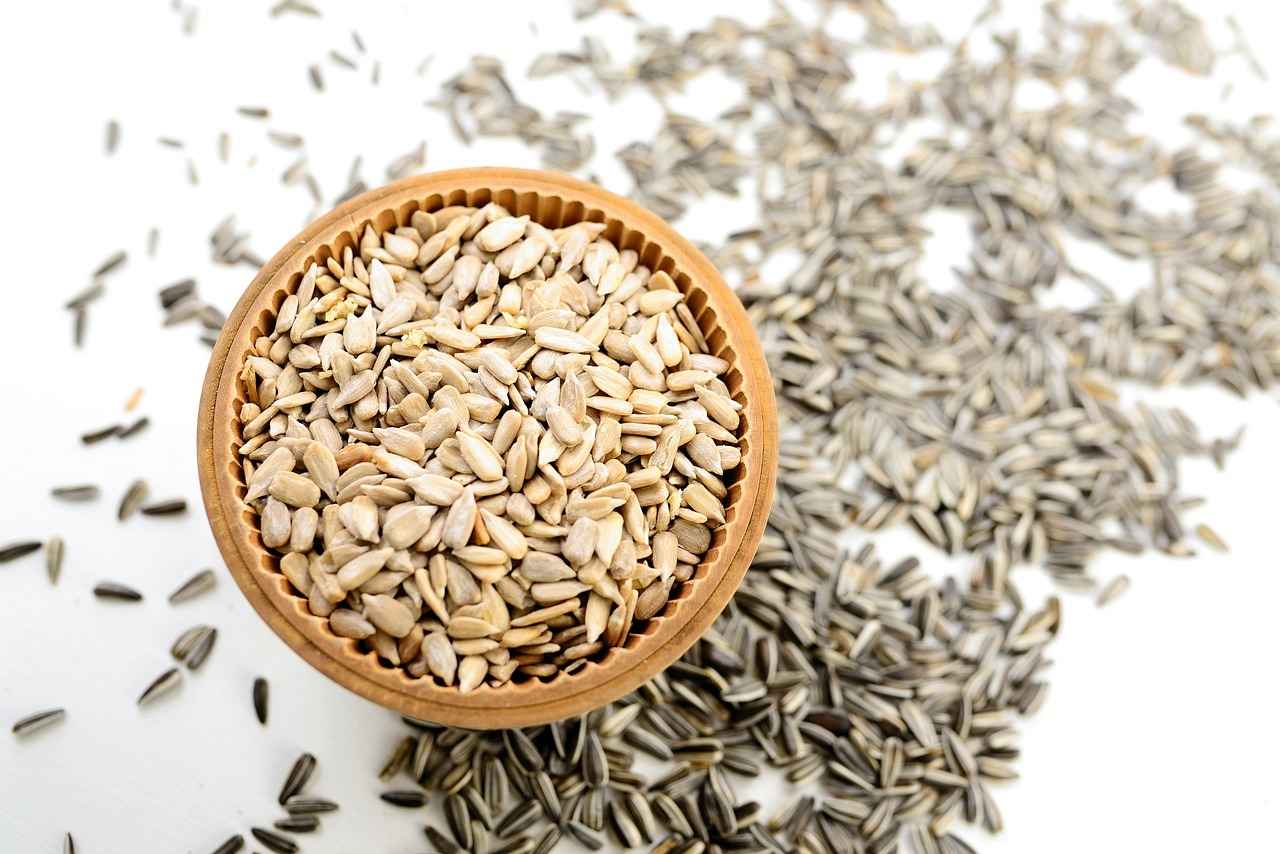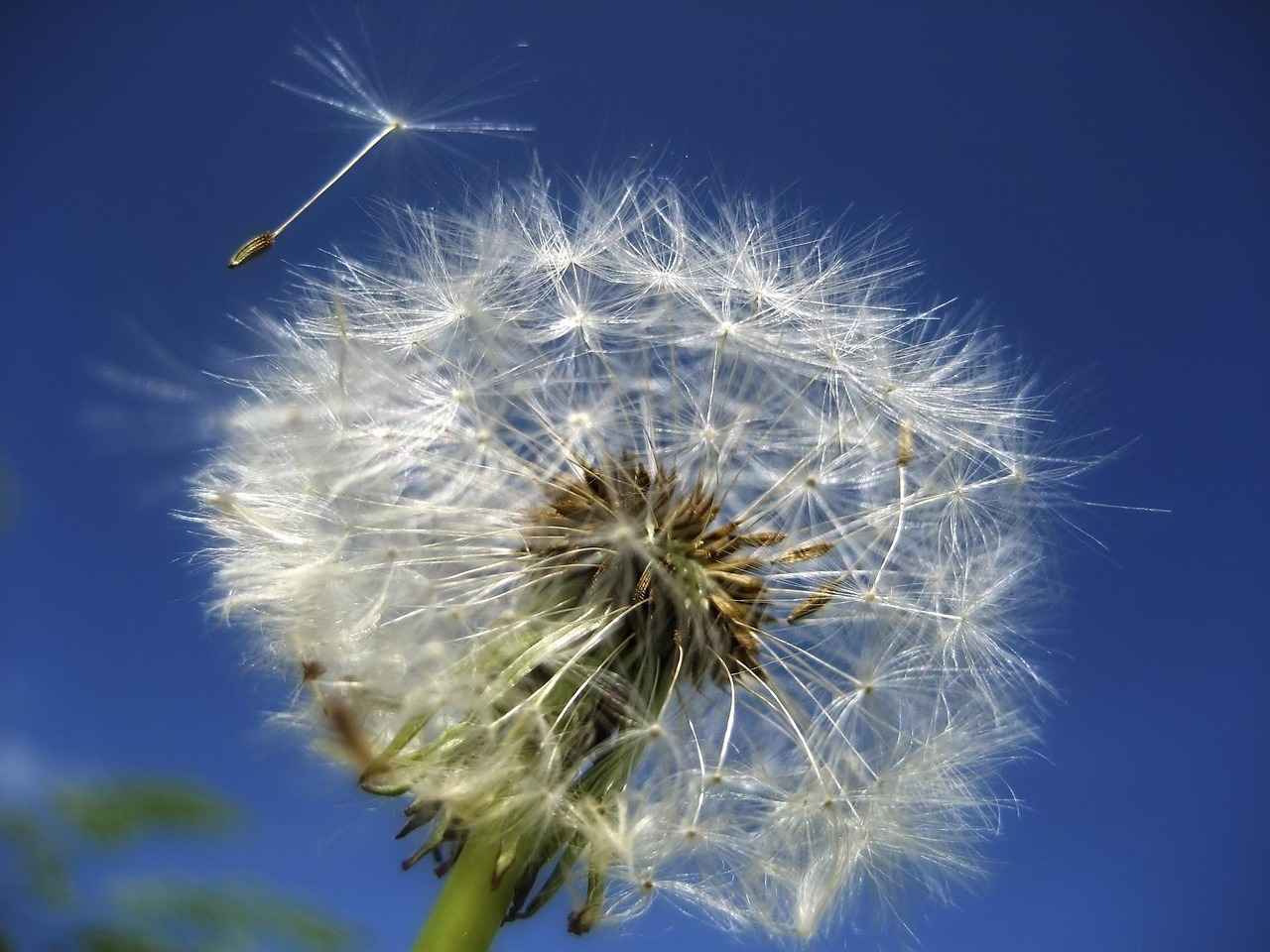Chia seeds have gained immense popularity in the health and wellness community due to their impressive nutrient profile. This article provides an in-depth look at the optimal soaking time for chia seeds, effective preparation methods, and the numerous health benefits associated with soaking these tiny seeds.
Chia seeds are a nutrient-dense superfood rich in omega-3 fatty acids, fiber, protein, and essential minerals. Soaking chia seeds is crucial as it enhances their digestibility and nutrient absorption. When soaked, these seeds expand and form a gel-like consistency, making them more palatable and easier to incorporate into various dishes.
The ideal soaking time for chia seeds varies depending on your preference and intended use. Generally, soaking times can range from 30 minutes to overnight. Each duration affects the texture and nutritional benefits differently.
Soaking chia seeds for 30 minutes results in a gel-like texture that is perfect for adding to smoothies, yogurt, or oatmeal. This quick method retains most of the nutrients, making it an excellent option for those with busy schedules.
For those planning meals ahead, soaking chia seeds overnight allows them to fully absorb water, resulting in a thicker gel. This method is ideal for meal prep, as it can be easily added to various dishes the next day, such as puddings or baked goods.
The best soaking method involves using a ratio of 1:6 chia seeds to water. This ensures that the seeds absorb enough liquid to create the desired consistency. Here’s a step-by-step guide:
- Measure out your chia seeds.
- Add the appropriate amount of water or liquid.
- Stir well to prevent clumping.
- Let them sit for the desired soaking time.
Soaking chia seeds in plain water is the simplest method. This technique is effective for those who prefer a neutral flavor. To achieve the right consistency, ensure you stir the seeds after a few minutes to prevent them from sticking together.
For a flavor boost, consider soaking chia seeds in almond milk, coconut water, or fruit juice. This not only enhances the taste but also adds additional nutrients, making your chia seed dishes even more delicious.
Soaked chia seeds offer numerous health benefits, including improved digestion, hydration, and enhanced nutrient absorption. Here’s a closer look at these advantages:
The high fiber content in soaked chia seeds promotes healthy digestion and regularity. Soaking enhances the seeds’ fiber benefits, making it easier for your body to process them.
Soaked chia seeds can help maintain hydration levels while providing essential nutrients. The soaking process affects nutrient bioavailability, allowing your body to absorb more vitamins and minerals efficiently.
While soaking chia seeds is beneficial, it is possible to soak them for too long. Over-soaked chia seeds can become overly gelatinous and lose their appealing texture.
Over-soaked chia seeds may appear excessively thick and may not be as enjoyable to eat. It’s important to monitor the soaking time to maintain the right consistency.
To avoid over-soaking, follow these best practices:
- Stick to the recommended soaking times.
- Store soaked seeds in the refrigerator if not used immediately.
- Experiment with different liquids to find your preferred flavor.
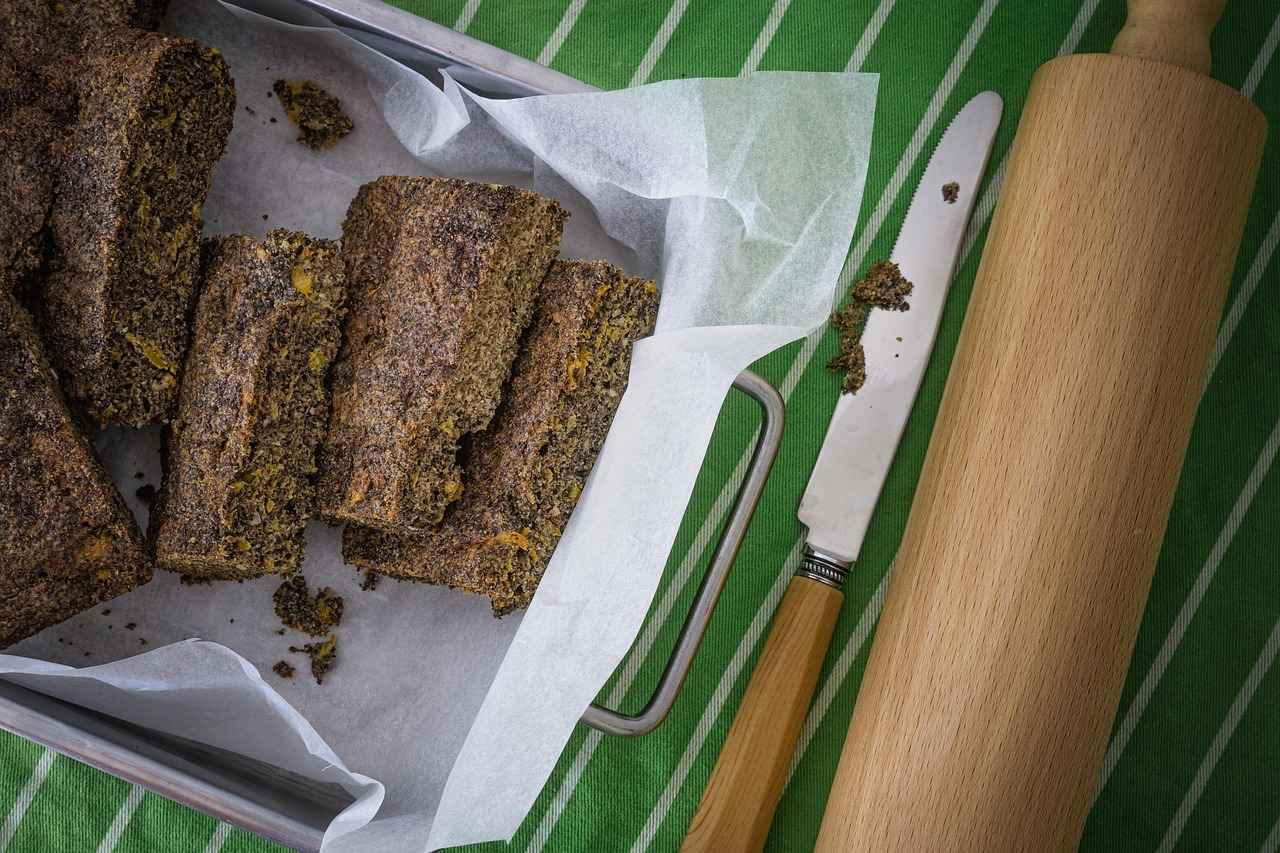
What Are Chia Seeds and Why Soak Them?
Chia seeds have gained immense popularity in recent years, often hailed as a superfood due to their impressive nutritional profile. These tiny seeds, derived from the Salvia hispanica plant, are rich in omega-3 fatty acids, fiber, protein, and a variety of essential minerals. Their health benefits make them a staple in many diets, particularly for those seeking to enhance their overall wellness.
One of the most effective ways to maximize the health benefits of chia seeds is through soaking. Soaking chia seeds not only improves their digestibility but also enhances their nutrient absorption. When chia seeds are soaked in water or other liquids, they expand and form a gel-like consistency. This process makes the nutrients more bioavailable, allowing your body to absorb them more efficiently.
Moreover, soaking chia seeds can aid in hydration. When you consume soaked chia seeds, you are not only getting the nutrients they offer but also a source of hydration that can help maintain optimal fluid balance in your body. This is particularly beneficial for athletes or anyone engaging in physical activities.
In addition to their health benefits, soaked chia seeds can be incredibly versatile in the kitchen. They can be added to smoothies, oatmeal, or yogurt, or used as a thickening agent in various recipes. Their mild flavor allows them to blend seamlessly into both sweet and savory dishes, making them an excellent addition to a wide range of meals.
Soaking chia seeds can also enhance their texture. The gel-like consistency that forms after soaking can provide a delightful contrast in dishes, adding both visual appeal and a unique mouthfeel. This makes them an exciting ingredient for culinary enthusiasts looking to experiment with new textures and flavors.
To soak chia seeds effectively, a common ratio is 1:6 (one part chia seeds to six parts liquid). This ensures that the seeds have enough liquid to absorb and expand properly. Depending on your preference, you can soak them for as little as 30 minutes or up to overnight, with each duration offering different textures and uses. A shorter soak results in a thinner gel, while a longer soak creates a thicker consistency, perfect for meal preps.
In summary, soaking chia seeds is a simple yet effective method to unlock their full potential. By incorporating soaked chia seeds into your diet, you can enjoy enhanced digestibility, improved hydration, and a delightful addition to your meals. Whether you’re a health-conscious individual or just looking to diversify your diet, soaked chia seeds are an excellent choice.
- Rich in Nutrients: Packed with omega-3s, fiber, and protein.
- Improved Digestion: Soaking enhances nutrient absorption.
- Versatile Ingredient: Great for smoothies, oatmeal, and more.
- Hydration Benefits: Helps maintain fluid balance.
Incorporating chia seeds into your daily routine can be a game-changer for your health. By soaking them properly, you can enjoy all the benefits they have to offer while adding a nutritious and delicious element to your meals.
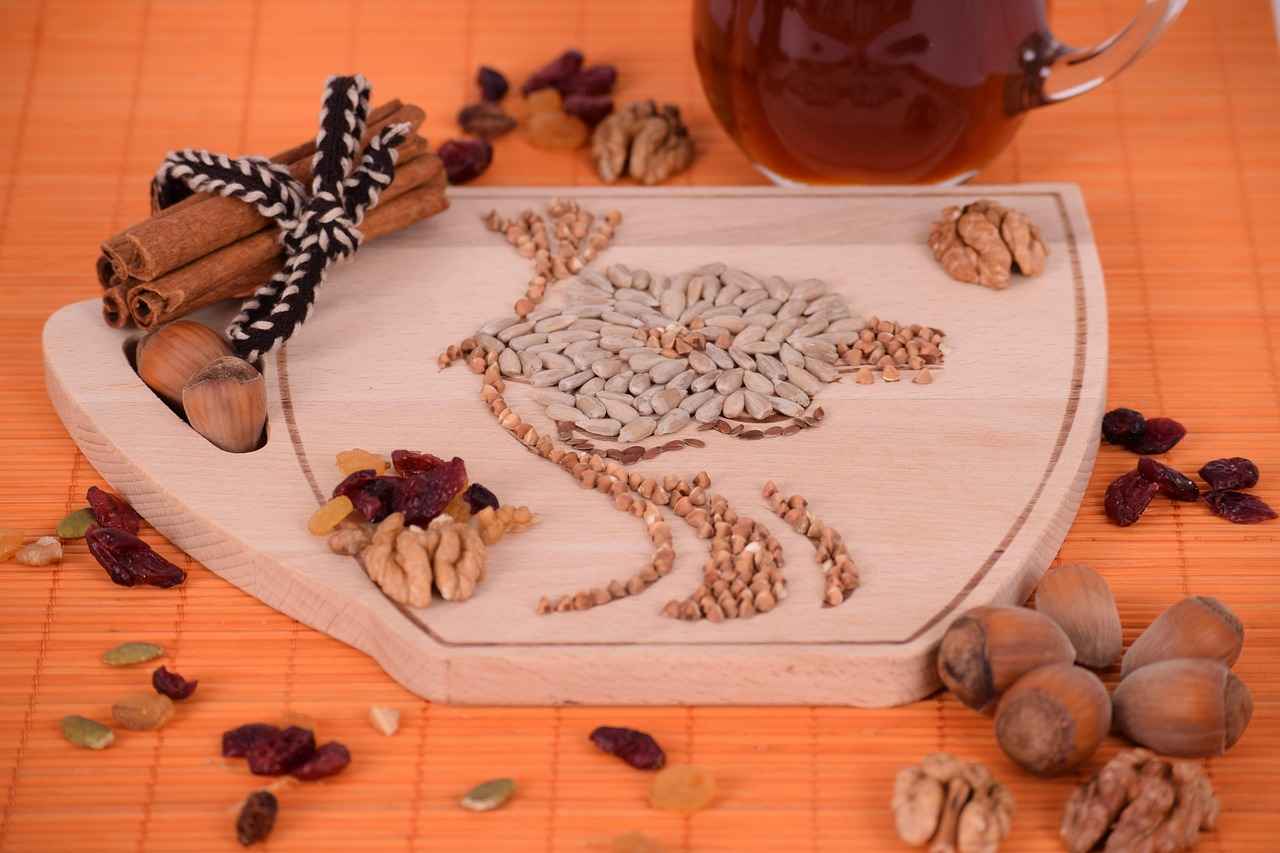
How Long Should You Soak Chia Seeds?
Soaking chia seeds is a popular method among health enthusiasts and culinary experts alike. The duration of soaking can significantly influence the texture and nutritional value of these tiny seeds. Understanding how long to soak chia seeds can enhance your dishes and maximize their health benefits.
The ideal soaking time for chia seeds ranges from 30 minutes to overnight. Each soaking duration offers unique benefits and changes in texture, making it essential to choose the right time based on your culinary needs.
When you soak chia seeds for just 30 minutes, they absorb some water and develop a gel-like consistency. This quick soak is perfect for those who need a nutritious boost in a hurry. The seeds retain most of their nutrients, making them an excellent addition to smoothies or yogurt. The gel formed in this short soaking period can enhance the creaminess of your dishes without overpowering other flavors.
Soaking chia seeds overnight allows them to fully absorb water, resulting in a much thicker gel. This method is ideal for meal prep, as it enables you to prepare your chia seed pudding or toppings in advance. Overnight soaked chia seeds are easier to incorporate into various dishes, providing a rich source of fiber and omega-3 fatty acids. Additionally, the extended soaking time can enhance the seeds’ digestibility, making their nutrients more bioavailable.
Both soaking durations have their merits, but the nutritional benefits can vary. A 30-minute soak retains more of the seeds’ inherent nutrients, while an overnight soak may enhance the absorption of certain vitamins and minerals. The choice between these durations often depends on personal preference and intended use.
While soaking chia seeds is beneficial, it’s essential to avoid soaking them for too long. If left in water for more than 24 hours, chia seeds can become overly gelatinous and lose their appealing texture. This can lead to a less enjoyable eating experience, as the seeds may turn mushy and unpalatable. Therefore, it’s crucial to monitor soaking times closely.
- Use the Right Ratio: A common ratio is 1:6, meaning one part chia seeds to six parts liquid.
- Experiment with Time: Start with 30 minutes and adjust based on your texture preference.
- Check for Gel Formation: If the seeds have formed a gel, they are ready to use.
- Store Properly: If soaking for longer periods, ensure the mixture is stored in the refrigerator to prevent spoilage.
In conclusion, understanding the ideal soaking time for chia seeds is crucial for maximizing their nutritional benefits and enhancing your culinary creations. Whether you choose to soak them for a quick 30 minutes or let them sit overnight, the choice ultimately depends on your personal preferences and recipes. By following the best practices outlined above, you can enjoy the full advantages of these tiny but powerful seeds.
Soaking for 30 Minutes
When it comes to incorporating chia seeds into your diet, understanding the soaking process can significantly enhance your culinary experience. Soaking chia seeds for 30 minutes is a popular method that transforms these tiny seeds into a versatile ingredient, making them easier to digest and more enjoyable to consume.
Soaking chia seeds for 30 minutes creates a gel-like consistency that is perfect for adding to smoothies, yogurt, or even oatmeal. This method not only enhances the texture but also allows the seeds to expand and absorb water, resulting in a delightful addition to various dishes.
The process is simple and quick, making it an ideal choice for those busy mornings when you need a nutritious boost without spending too much time in the kitchen. By soaking chia seeds, you can retain most of their essential nutrients, such as omega-3 fatty acids, fiber, and protein, which are crucial for maintaining a balanced diet.
To soak chia seeds effectively, follow these steps:
- Measure: Use a ratio of 1 part chia seeds to 6 parts water. For example, if you use 2 tablespoons of chia seeds, add 12 tablespoons of water.
- Combine: Mix the chia seeds and water in a bowl or jar. Stir well to prevent clumping.
- Wait: Allow the mixture to sit for 30 minutes. During this time, the seeds will absorb the water and swell up, forming a gel-like texture.
This quick soaking method not only saves time but also ensures that you can enjoy the health benefits of chia seeds without the hassle of overnight preparation. The gel-like consistency created after 30 minutes makes it easy to incorporate into various recipes. You can blend it into smoothies for added thickness or mix it into yogurt for a nutritious snack.
Moreover, the nutritional benefits of soaked chia seeds are plentiful. The soaking process enhances their digestibility, allowing your body to absorb the nutrients more efficiently. Additionally, the fiber content in chia seeds promotes healthy digestion and can help keep you feeling full longer, making them an excellent choice for weight management.
Incorporating soaked chia seeds into your meals can also contribute to overall hydration. As the seeds absorb water, they help maintain hydration levels in your body, which is essential for optimal health. This is particularly beneficial during hot weather or after exercise, as it aids in replenishing lost fluids.
In conclusion, soaking chia seeds for 30 minutes is a quick and effective method to enjoy their health benefits and enhance your meals. With their gel-like consistency, they can easily be added to a variety of dishes, making them a versatile and nutritious ingredient for any diet. Whether you are looking to boost your breakfast or create a healthy snack, soaked chia seeds are a fantastic choice.
Soaking Overnight
Soaking chia seeds overnight is a popular method that many health enthusiasts swear by. This technique not only enhances the texture of the seeds but also maximizes their nutritional benefits. When chia seeds are soaked for an extended period, they absorb water fully, resulting in a thicker gel that can be used in various recipes. This method is particularly advantageous for meal prep, allowing you to incorporate chia seeds into your diet seamlessly the next day.
One of the main advantages of soaking chia seeds overnight is the improved digestibility. The soaking process breaks down the outer shell, making it easier for your body to absorb the essential nutrients contained within. Chia seeds are rich in omega-3 fatty acids, fiber, and protein, all of which contribute to a healthy diet. By soaking them, you ensure that your body can take full advantage of these nutrients.
Furthermore, overnight soaking creates a versatile ingredient that can be added to a variety of dishes. Whether you’re making smoothies, puddings, or even baked goods, the gel-like consistency of soaked chia seeds can enhance the texture and nutritional profile of your meals. For instance, adding soaked chia seeds to your morning smoothie can provide an energy boost, while incorporating them into desserts can help achieve a creamy texture without the need for dairy.
When preparing soaked chia seeds, it is recommended to use a ratio of 1:6 of chia seeds to water. This means that for every tablespoon of chia seeds, you should use about six tablespoons of water. After mixing the seeds and water, let them sit in the refrigerator overnight. This not only allows the seeds to absorb the water but also keeps them fresh and ready for use the next day.
Moreover, soaking chia seeds overnight can also help with hydration. Since chia seeds can absorb up to 12 times their weight in water, they can help keep you hydrated throughout the day. This is especially beneficial for those who are active or live in hot climates, as it can assist in maintaining optimal hydration levels.
It’s essential to note that while soaking chia seeds overnight is beneficial, there is a limit to how long they should be soaked. If left for too long, they can become overly gelatinous and lose their appealing texture. Therefore, it is crucial to monitor the soaking time and adjust according to your preferences.
To summarize, soaking chia seeds overnight is an effective method to enhance their nutritional benefits and versatility in cooking. By following the recommended soaking ratios and timing, you can easily incorporate these superfoods into your diet, making meal prep easier and more nutritious. Whether you enjoy them in smoothies, puddings, or as a topping for yogurt, soaked chia seeds can be a delightful addition to your meals.
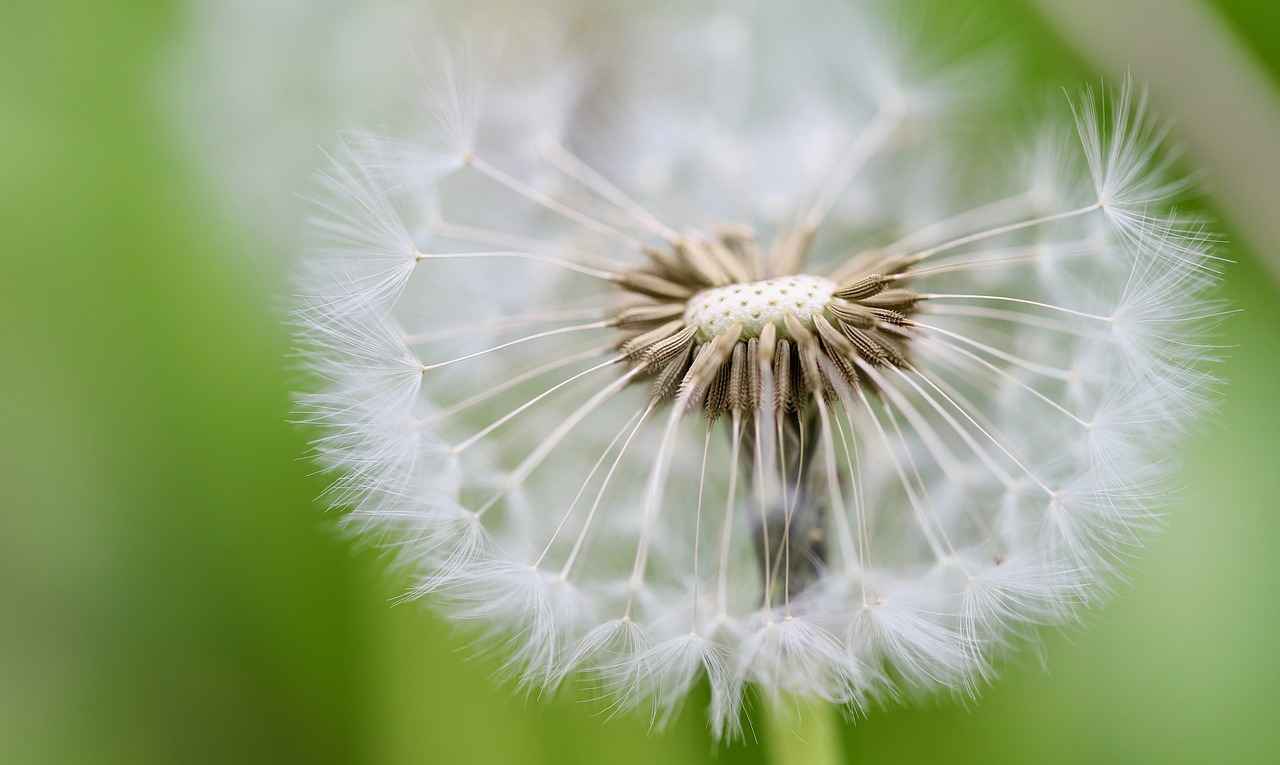
What Is the Best Soaking Method for Chia Seeds?
When it comes to preparing chia seeds, understanding the best soaking method is crucial for maximizing their nutritional benefits and enhancing their culinary versatility. Chia seeds are tiny yet powerful superfoods, and soaking them properly can transform their texture and flavor, making them a delightful addition to various dishes.
The optimal soaking method involves a simple ratio of 1:6 chia seeds to water. This means for every one part of chia seeds, you should use six parts of water. This ratio ensures that the seeds absorb enough liquid to swell and form a gel-like consistency, which is essential for digestion and nutrient absorption.
- Measure the Ingredients: Start by measuring one part chia seeds. For example, if you use 1 tablespoon of chia seeds, you will need 6 tablespoons of water.
- Combine Seeds and Water: In a bowl or a jar, combine the measured chia seeds with the appropriate amount of water. Stir the mixture well to prevent clumping.
- Let Them Soak: Allow the chia seeds to soak for at least 30 minutes. This is the minimum time required for the seeds to absorb water and expand. For best results, consider soaking them for a few hours or even overnight.
- Stir Again: After the soaking period, stir the mixture once more to ensure an even consistency. If the mixture is too thick, you can add a little more water until you reach your desired texture.
The 1:6 ratio is not just a guideline; it plays a significant role in the final outcome. If you use too little water, the chia seeds may not expand fully, leading to a gritty texture that is less enjoyable to eat. Conversely, using too much water can result in a runny mixture that lacks the desirable gel-like quality.
While using plain water is the most straightforward method, you can enhance the flavor and nutritional profile of your chia seeds by soaking them in alternative liquids such as:
- Almond Milk: Adds a nutty flavor and additional nutrients.
- Coconut Water: Provides natural sweetness and electrolytes.
- Fruit Juice: Infuses the seeds with fruity flavors and vitamins.
Soaking chia seeds not only improves their texture but also boosts their health benefits. The soaking process:
- Enhances Digestibility: Soaking breaks down the outer shell, making nutrients more accessible.
- Increases Hydration: Chia seeds can absorb up to 12 times their weight in water, which aids in hydration.
- Boosts Nutrient Absorption: The gel formed during soaking helps in better absorption of omega-3 fatty acids and fiber.
By following this step-by-step soaking method and utilizing the right ratios, you can enjoy the full benefits of chia seeds in your diet. Experiment with different soaking liquids to find your favorite flavor combinations, and incorporate this superfood into smoothies, puddings, or as a topping for yogurt and salads.
Using Water Alone
When it comes to preparing chia seeds, one of the most straightforward methods is soaking them in plain water. This technique is not only simple but also effective in achieving the desired texture and consistency for various recipes. In this section, we will delve into the basic technique of soaking chia seeds in water and provide helpful tips to ensure you achieve the perfect gel-like consistency.
Soaking chia seeds in water allows them to absorb liquid, expanding their size and creating a gel-like texture. This process enhances their digestibility and helps release the nutrients contained within the seeds. By soaking them, you can maximize their health benefits, making them a fantastic addition to your diet.
The process of soaking chia seeds is incredibly simple. Here’s a step-by-step guide:
- Measure the Seeds: Use a ratio of 1:6 for chia seeds to water. For example, if you use 1 tablespoon of chia seeds, you should add about 6 tablespoons of water.
- Mix Thoroughly: Combine the chia seeds and water in a bowl or jar. Stir well to ensure there are no clumps.
- Let Them Sit: Allow the mixture to sit for at least 30 minutes. If you prefer a thicker consistency, you can leave them for several hours or even overnight.
- Stir Again: After soaking, give the mixture another stir to break up any clumps that may have formed.
To ensure you achieve the perfect texture when soaking chia seeds, keep the following tips in mind:
- Adjust Liquid Amount: If you find the mixture too thick, add a bit more water. Conversely, if it’s too watery, add a few more seeds.
- Use Fresh Water: Always use fresh, clean water for soaking to avoid any unwanted flavors or contaminants.
- Store Properly: If you prepare a larger batch, store it in the refrigerator in a sealed container. This will keep the chia gel fresh for up to a week.
Once your chia seeds have soaked and formed a gel, the possibilities are endless. You can:
- Add them to smoothies for added fiber and protein.
- Mix them into yogurt or oatmeal for a nutritious breakfast.
- Use them as a thickening agent in soups or sauces.
- Incorporate them into baked goods for added moisture and nutrition.
In conclusion, soaking chia seeds in plain water is an easy and effective method to enhance their nutritional benefits and improve their texture. By following the steps outlined above and keeping these tips in mind, you can enjoy the many advantages of chia seeds in your diet. Whether you are adding them to smoothies, yogurt, or baked goods, soaked chia seeds offer a versatile and healthful ingredient that can elevate your meals.
Enhancing Flavor with Other Liquids
When it comes to chia seeds, soaking them is not just about hydration; it can also be a delightful way to enhance their flavor. By using alternative liquids, you can transform the taste and nutritional profile of your chia seed dishes. This section will explore various liquids you can use to soak chia seeds and the benefits they offer.
Soaking chia seeds in liquids other than water not only adds flavor but also introduces additional nutrients. For instance, almond milk is rich in vitamins and minerals, while coconut water provides electrolytes, making them excellent choices for enhancing your chia seed experience.
- Nutrient-Rich: Almond milk is fortified with calcium and vitamin D, contributing to bone health.
- Low in Calories: It is a low-calorie alternative to regular milk, making it ideal for those watching their weight.
- Flavor Profile: The nutty flavor of almond milk complements the mild taste of chia seeds, creating a delicious combination.
- Hydration: Coconut water is known for its hydrating properties, making it a perfect base for chia seeds, especially after workouts.
- Natural Sweetness: Its natural sweetness enhances the flavor of chia seeds without the need for added sugars.
- Electrolytes: Rich in potassium and sodium, coconut water helps replenish lost electrolytes.
Soaking chia seeds in fruit juice adds a burst of flavor and natural sugars. Here are some advantages:
- Variety of Flavors: Using different fruit juices allows for endless flavor combinations, from orange to pomegranate.
- Vitamins and Antioxidants: Fruit juices are packed with vitamins and antioxidants, enhancing the nutritional value of your chia seeds.
- Colorful Presentation: The vibrant colors of fruit juices can make your chia seed dishes visually appealing.
To soak chia seeds effectively in these liquids, follow these simple steps:
1. Choose your liquid: almond milk, coconut water, or fruit juice.2. Use a ratio of 1:6 chia seeds to liquid.3. Mix thoroughly to prevent clumping.4. Let the mixture sit for at least 30 minutes, or overnight for a thicker gel.
Incorporating these alternative soaking liquids not only enhances the flavor of chia seeds but also provides additional health benefits. Whether you prefer the creamy texture of almond milk, the refreshing taste of coconut water, or the sweetness of fruit juice, there’s a perfect option for everyone. Experimenting with different liquids can lead to exciting culinary creations that make your chia seed dishes more enjoyable and nutritious.
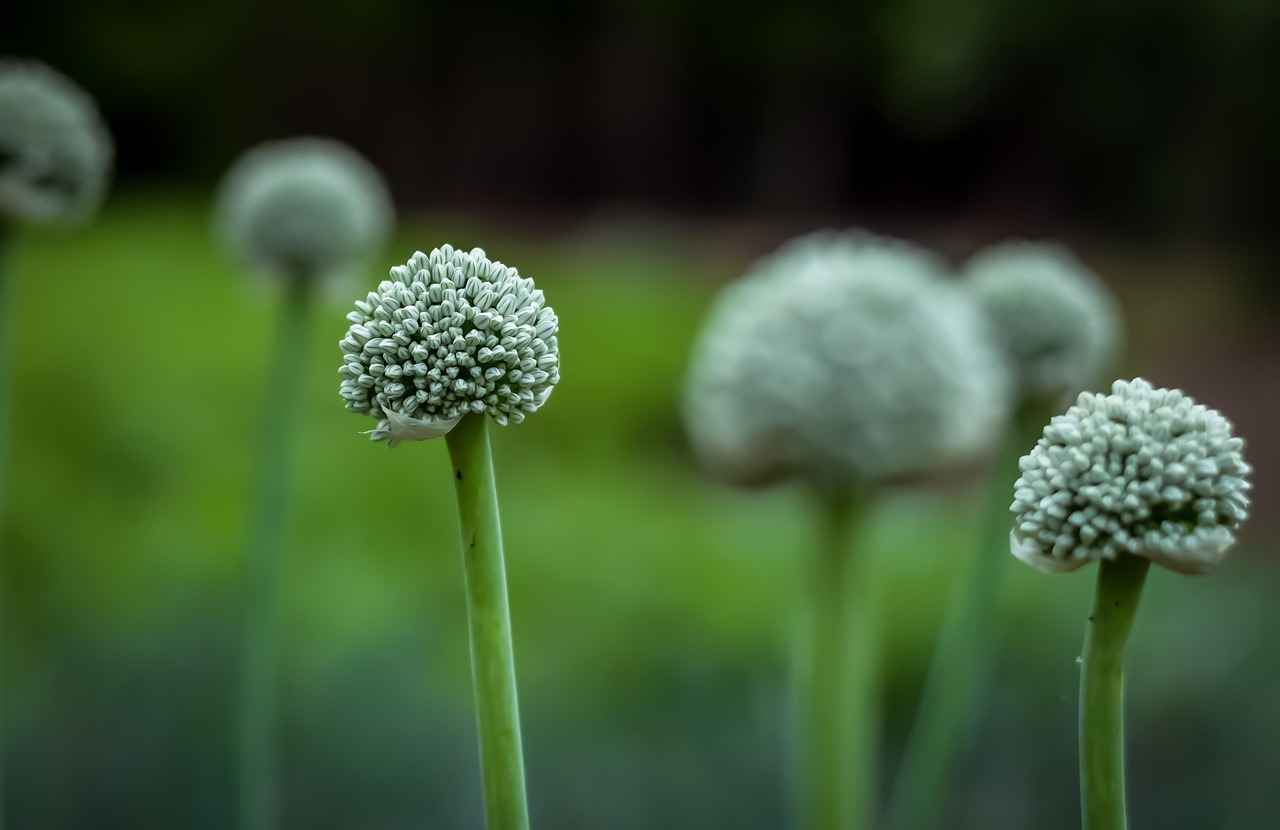
What Are the Health Benefits of Soaked Chia Seeds?
Soaked chia seeds are not just a trendy addition to smoothies and bowls; they are a powerhouse of health benefits that can enhance your overall well-being. By soaking chia seeds, you unlock a multitude of advantages that can improve your digestion, hydration, and nutrient absorption. This section explores the specific benefits of incorporating soaked chia seeds into your daily diet.
- Enhanced Digestive Health: Soaked chia seeds are rich in soluble fiber, which aids in digestion by promoting regular bowel movements. The gel-like consistency created when chia seeds absorb water helps to keep the digestive tract lubricated, making it easier for food to pass through. This can be particularly beneficial for those suffering from digestive issues such as constipation.
- Improved Hydration: One of the standout benefits of soaked chia seeds is their ability to absorb up to 12 times their weight in water. This makes them an excellent source of hydration, especially in hot weather or after exercise. By consuming soaked chia seeds, you can help maintain your body’s hydration levels while also replenishing essential nutrients.
- Increased Nutrient Absorption: Soaking chia seeds not only enhances their digestibility but also improves the bioavailability of nutrients. This means that your body can absorb more of the beneficial vitamins and minerals present in chia seeds, such as calcium, magnesium, and iron. By incorporating soaked chia seeds into your meals, you maximize their nutritional potential.
- Weight Management: The high fiber content in soaked chia seeds can contribute to a feeling of fullness, which may help control appetite and reduce overall calorie intake. This makes them a valuable addition to a weight management plan, as they can help curb cravings and promote satiety.
- Heart Health: Chia seeds are an excellent source of omega-3 fatty acids, which are known for their heart-healthy properties. Soaking chia seeds can enhance their omega-3 content, contributing to lower cholesterol levels and reduced inflammation in the body. Regular consumption may support cardiovascular health and reduce the risk of heart disease.
- Blood Sugar Regulation: The fiber and protein content in soaked chia seeds can help stabilize blood sugar levels. By slowing down the absorption of sugar into the bloodstream, soaked chia seeds may aid in preventing spikes and crashes in blood sugar, making them a smart choice for individuals managing diabetes or insulin sensitivity.
Incorporating soaked chia seeds into your diet is an easy and nutritious way to boost your health. Whether you add them to your morning oatmeal, blend them into smoothies, or use them as a thickening agent in recipes, the benefits are undeniable. So, why not give soaked chia seeds a try and experience the positive effects they can have on your health?
Digestive Health
Chia seeds, hailed as a superfood, are not just a trendy addition to smoothies and salads; they are packed with essential nutrients that can significantly enhance your overall health. One of their most notable benefits is their high fiber content, which plays a crucial role in promoting healthy digestion and regularity. In this section, we will delve into how soaking chia seeds enhances their fiber benefits, making them an even more powerful ally for digestive health.
Fiber is a vital component of a healthy diet, contributing to various bodily functions, particularly in maintaining a well-functioning digestive system. A diet rich in fiber can help prevent constipation, regulate bowel movements, and promote a feeling of fullness, which aids in weight management. Soaked chia seeds are an excellent source of soluble fiber, which dissolves in water and forms a gel-like substance in the digestive tract. This gel can help to bulk up stool and facilitate its passage through the intestines.
Soaking chia seeds before consumption not only improves their texture but also enhances their fiber benefits in several ways:
- Increased Hydration: Soaking chia seeds allows them to absorb water, which helps to keep the digestive system hydrated. This hydration is essential for softening stool and preventing constipation.
- Improved Nutrient Absorption: The soaking process breaks down the outer shell of the seeds, making it easier for the body to access and absorb the nutrients within, including fiber.
- Enhanced Gel Formation: When soaked, chia seeds swell and form a gel-like consistency. This gel can help slow down digestion, allowing for better nutrient absorption and a more gradual release of energy.
To maximize the digestive benefits of chia seeds, follow these simple soaking guidelines:
- Choose the Right Ratio: Use a ratio of 1:6 chia seeds to water. This means for every tablespoon of chia seeds, use six tablespoons of water.
- Soak Time: Allow the seeds to soak for at least 30 minutes to an hour. For best results, soaking overnight is recommended.
- Stir Occasionally: During the soaking process, give the mixture a stir to ensure even hydration and prevent clumping.
Once soaked, chia seeds can be easily incorporated into various dishes. Here are some delicious ways to include them in your meals:
- Add them to smoothies for a nutrient boost.
- Mix them into yogurt or oatmeal for added texture and fiber.
- Use them as a thickening agent in soups and sauces.
- Incorporate soaked chia seeds into baked goods for enhanced nutrition.
In conclusion, the high fiber content in soaked chia seeds is a game-changer for those seeking to improve their digestive health. By understanding the soaking process and its benefits, you can easily integrate these tiny seeds into your diet, reaping the rewards of better digestion and overall wellness.
Hydration and Nutrient Absorption
Chia seeds have gained popularity due to their impressive nutritional profile and versatility in various dishes. When soaked, these tiny seeds transform into a gel-like consistency, enhancing their health benefits significantly. In this section, we will explore how soaking chia seeds affects hydration levels and nutrient bioavailability.
Soaked chia seeds can absorb up to 12 times their weight in water, making them an excellent source of hydration. This property is particularly beneficial for those looking to maintain optimal hydration levels throughout the day. When consumed, the gel-like substance formed by soaking helps to slow down the absorption of fluids in the body, providing a sustained release of hydration.
Soaking chia seeds not only aids in hydration but also enhances the bioavailability of essential nutrients. Chia seeds are rich in:
- Omega-3 Fatty Acids: Vital for heart health and cognitive function.
- Fiber: Promotes digestive health and helps maintain a feeling of fullness.
- Proteins: Essential for muscle repair and growth.
- Antioxidants: Help combat oxidative stress and inflammation.
By soaking chia seeds, the outer shell softens, making it easier for the body to absorb these nutrients effectively. This process also reduces the levels of phytic acid, which can inhibit the absorption of minerals like iron and zinc.
When chia seeds are soaked, the nutrients become more accessible to the body. This is due to the breakdown of certain compounds that can hinder absorption. For instance, the soaking process can:
- Increase Digestibility: Soaked seeds are easier to digest, allowing your body to utilize the nutrients more efficiently.
- Enhance Nutrient Release: The gel-like consistency helps in the gradual release of nutrients, ensuring that your body receives a steady supply over time.
Research indicates that soaking can significantly improve the absorption of omega-3 fatty acids, making them more bioavailable for your body to utilize.
To maximize the benefits of soaked chia seeds, consider the following tips:
- Soak for Optimal Time: A soaking time of at least 30 minutes is recommended, but soaking overnight can yield even better results.
- Use the Right Ratio: A common ratio is 1 part chia seeds to 6 parts water, ensuring sufficient absorption.
- Flavor Enhancements: For added flavor, soak chia seeds in almond milk or coconut water instead of plain water.
Incorporating soaked chia seeds into your diet can significantly enhance your hydration levels and nutrient absorption. They can be easily added to smoothies, oatmeal, or even baked goods, making them a versatile addition to any meal plan. By understanding the benefits of soaking, you can make the most out of these tiny but powerful seeds.
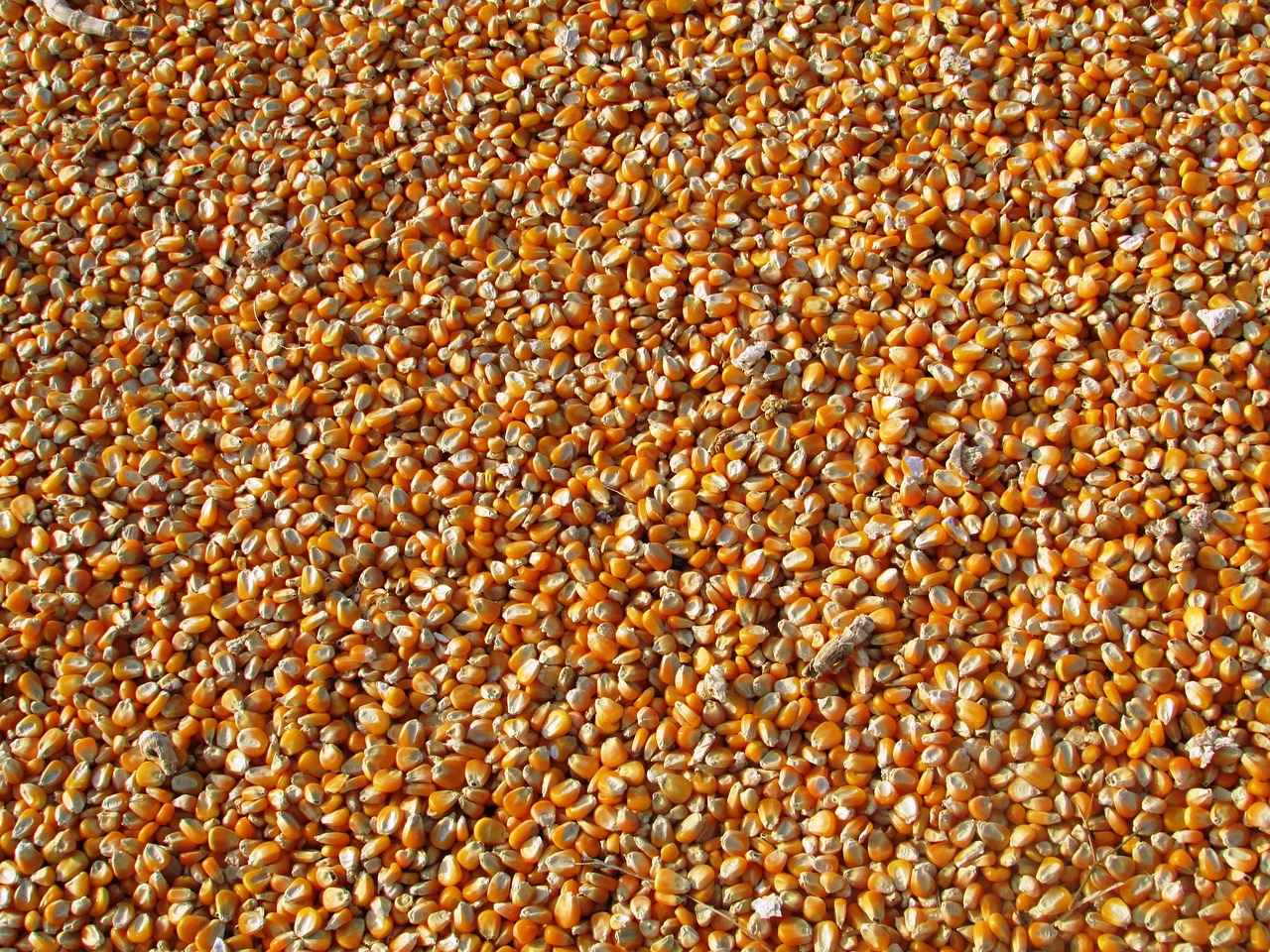
Can You Soak Chia Seeds Too Long?
Soaking chia seeds is a common practice among health enthusiasts, as it enhances their nutritional profile and makes them easier to digest. However, it’s important to understand that there is a fine line between optimal soaking and over-soaking. In this section, we will explore the potential downsides of soaking chia seeds for too long, focusing on how it can affect their texture and taste.
When chia seeds are soaked, they absorb liquid and swell, forming a gel-like consistency. This transformation is beneficial, but if left in liquid for an extended period, chia seeds can become excessively gelatinous. The ideal soaking time typically ranges from 30 minutes to overnight, depending on personal preference and intended use. However, soaking them for more than 24 hours can lead to undesirable changes.
- Texture Changes: Over-soaked chia seeds may become too mushy and lose their appealing crunch. Instead of a pleasant gel, they can turn into a slimy mass that is less enjoyable to eat.
- Flavor Alteration: Extended soaking can dilute the natural flavor of chia seeds, making them taste bland or unappealing. The seeds may also absorb too much liquid, leading to a watery consistency.
- Nutrient Loss: While soaking generally enhances nutrient absorption, over-soaking can potentially lead to the degradation of some nutrients, particularly if the seeds are exposed to air for too long.
To avoid the pitfalls of over-soaking, consider these best practices:
- Monitor Soaking Time: Aim to soak chia seeds for no longer than 24 hours. For most recipes, a soaking time of 30 minutes to 12 hours is sufficient.
- Use the Right Ratio: Maintain a 1:6 ratio of chia seeds to liquid to ensure optimal texture and prevent over-saturation.
- Store Properly: If you plan to soak seeds in advance, store them in an airtight container in the refrigerator to maintain freshness and prevent spoilage.
In conclusion, while soaking chia seeds provides numerous health benefits, it’s crucial to be mindful of the soaking duration. By adhering to recommended soaking times and practices, you can enjoy the full benefits of chia seeds without compromising their texture and flavor.
Signs of Over-Soaked Chia Seeds
Chia seeds are a versatile and nutritious addition to many diets, but understanding the right soaking time is crucial for achieving the best texture and flavor. Over-soaked chia seeds can become unappealingly gelatinous, losing their desirable crunch and mouthfeel. In this section, we will explore the and how to identify when they have been left in water for too long.
Chia seeds are known for their unique ability to absorb liquid and form a gel-like consistency. However, if they are soaked for too long, they can take on an excessively thick and slimy texture. This change can make them less enjoyable to eat, especially if you prefer a more crunchy and firm texture.
- Excessive Gel Formation: If the chia seeds have formed a gel that is too thick and sticky, it is a clear sign that they have been soaked beyond the ideal time.
- Color Changes: Freshly soaked chia seeds should maintain a consistent color. If you notice any discoloration or an overly cloudy appearance, it may indicate spoilage.
- Floating Clumps: Over-soaked seeds may begin to clump together and float on the surface of the liquid, rather than being evenly distributed.
When you touch or taste chia seeds that have been soaked too long, you may notice:
- Slippery Texture: A slimy or overly slippery feel when you touch the seeds is a strong indicator of over-soaking.
- Loss of Crunch: If the seeds feel mushy instead of slightly firm, they have likely been soaked for too long.
Another important aspect to consider is the flavor. Chia seeds should have a mild, nutty flavor, but over-soaked seeds can taste bland or even slightly off. If you notice:
- Unpleasant Odor: A sour or off smell can indicate that the seeds have gone bad due to prolonged soaking.
- Altered Taste: If the seeds taste overly bland or have developed a strange flavor, it’s a sign that they are past their prime.
To ensure your chia seeds remain fresh and enjoyable, follow these best practices:
- Stick to Recommended Soaking Times: Aim for soaking times between 30 minutes to 2 hours for optimal texture.
- Store Properly: If you need to soak them overnight, keep them in the refrigerator to slow down the absorption process.
- Use the Right Ratios: A ratio of 1:6 chia seeds to water will help you achieve the perfect gel consistency without over-soaking.
By being mindful of these signs and following the recommended soaking practices, you can enjoy the full benefits of chia seeds without compromising their texture and flavor. Remember, the key to delicious chia seeds lies in the balance of soaking time and liquid ratio.
Best Practices for Soaking
When it comes to preparing chia seeds, understanding the best practices for soaking is crucial. Proper soaking not only enhances the nutritional benefits but also ensures that the seeds maintain their ideal texture and flavor. Below are some essential guidelines to follow for optimal chia seed preparation.
Following best practices for soaking chia seeds helps to avoid common pitfalls such as over-soaking, which can lead to an undesirable texture and diminished flavor. Proper soaking techniques allow the seeds to absorb water efficiently, maximizing their nutrient retention and making them more palatable.
Timing is a critical factor in the soaking process. Chia seeds can be soaked for various durations, each yielding different results:
- 30 Minutes: A quick soak creates a gel-like consistency, ideal for adding to smoothies or oatmeal.
- 2-4 Hours: This timeframe allows for a more balanced absorption of water, resulting in a smoother texture.
- Overnight: Soaking chia seeds overnight ensures they fully hydrate, creating a thicker gel perfect for meal prep.
Once soaked, chia seeds should be stored properly to maintain their freshness:
- Refrigeration: Store soaked chia seeds in an airtight container in the refrigerator. They can last up to 5 days.
- Avoid Contamination: Ensure that the container is clean to prevent bacterial growth.
To achieve the best results, it is important to avoid certain mistakes:
- Over-Soaking: Leaving chia seeds to soak for too long can result in a gummy texture that is less appealing.
- Using Too Little Water: A proper ratio of chia seeds to water (1:6) is essential for optimal hydration.
For a flavor boost, consider soaking chia seeds in:
- Almond Milk: Adds a nutty flavor and creaminess.
- Coconut Water: Enhances hydration with a hint of sweetness.
- Fruit Juice: Infuses chia seeds with fruity flavors, making them more enjoyable.
Incorporating these best practices into your chia seed preparation will not only improve their taste and texture but also maximize their health benefits. By carefully timing and storing your soaked chia seeds, you can enjoy this superfood in various dishes while reaping the rewards of its nutritional profile.
Frequently Asked Questions
- How long should I soak chia seeds?
The ideal soaking time for chia seeds is between 30 minutes to overnight. A quick soak of 30 minutes gives a gel-like consistency, while soaking overnight allows them to fully absorb water for a thicker texture.
- Can I soak chia seeds in liquids other than water?
Absolutely! Soaking chia seeds in almond milk, coconut water, or even fruit juice can enhance their flavor, making them a delicious addition to your recipes.
- What are the health benefits of soaked chia seeds?
Soaked chia seeds improve digestion due to their high fiber content and help maintain hydration levels. They also enhance nutrient absorption, making them a powerhouse for your health!
- Is it possible to soak chia seeds for too long?
Yes, soaking chia seeds for too long can lead to an overly gelatinous texture. It’s best to stick to the recommended soaking times to maintain their appealing consistency.
- What is the best soaking method for chia seeds?
The best method is to use a ratio of 1:6 chia seeds to water. This ensures they soak properly and achieve the right consistency for your culinary needs.
